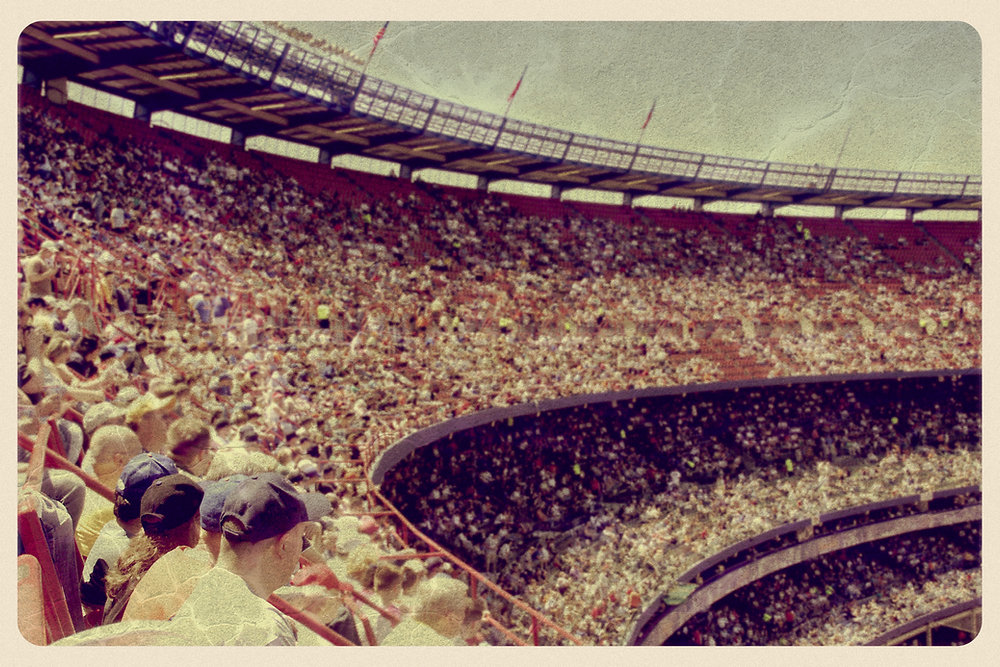top of page

From Street to Stadium: How Street Soccer Builds Elite Skills
Aug 10
1 min read
0
19

Want to read more?
Subscribe to jogabonitoacademy.com to keep reading this exclusive post.
Related Posts
Related Products
bottom of page

Aug 10
1 min read
0
19

Subscribe to jogabonitoacademy.com to keep reading this exclusive post.